List of export customs declaration and air, sea, and road transportation requirements for lithium batteries
锂Battery transportation can be roughly divided into the following three categories
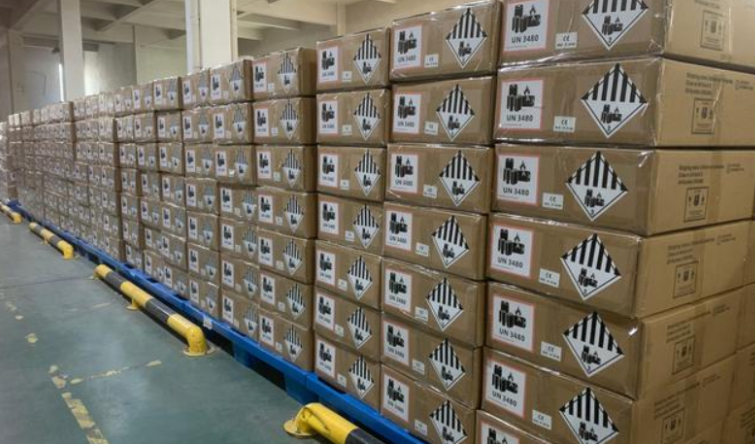
In actual trade transportation, lithium batteries are often transported together with equipment, mainly in two situations. One is to install the battery in the device, and the other is to package the battery together with the device. Regardless of the above situation, the corresponding UN numbers are 3091 and 3481 depending on whether lithium is in a metallic state.
In recent years, various new energy vehicles powered by lithium batteries have emerged one after another, including bicycles, cars, balance bikes, and so on. The International Maritime Safety Regulations have assigned UN number 3171 to this type of product. When the package contains a combination of lithium batteries in the equipment and lithium batteries packaged together with the equipment, the packaging should be marked with "Lithium metal battery UN3091 or lithium-ion UN3481 placed together with the equipment". If a packaging contains both lithium-ion batteries and lithium-metal batteries, the packaging should be labeled according to the requirements of both battery types.
Export requirements for lithium batteries
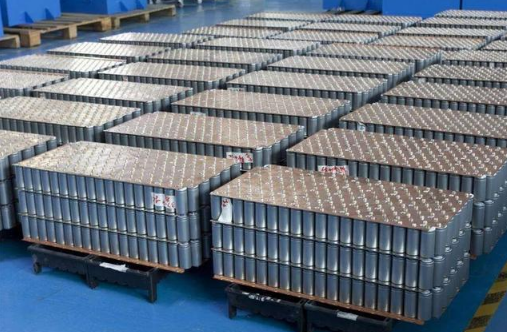
Lithium metal batteries or lithium alloy batteries with a lithium content greater than 1 gram, and for lithium metal or lithium alloy battery packs, the total lithium content is greater than 2 grams;
Lithium ion batteries have a rated watt-hour value exceeding 20W · h, and for lithium-ion battery packs, the rated watt-hour value exceeds 100W · h.
Article 17 of the Import and Export Commodity Inspection Law of the People's Republic of China stipulates that "enterprises producing packaging containers for export of dangerous goods must apply to the commodity inspection agency for performance evaluation of packaging containers. Enterprises producing and exporting dangerous goods must apply to the commodity inspection agency for use evaluation of packaging containers. Dangerous goods using packaging containers that have not been evaluated as qualified are not allowed to be exported."
Therefore, for lithium batteries that require the use of dangerous goods packaging, an application for export dangerous goods packaging performance inspection and usage appraisal should be submitted to the local customs before export, and the "Export Dangerous Goods Transport Packaging Performance Inspection Result Form" and "Export Dangerous Goods Transport Packaging Usage Appraisal Result Form" should be obtained.
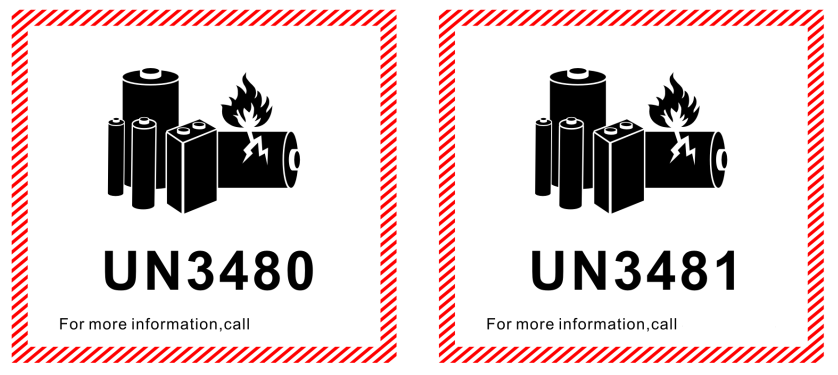
(1) Inspection of packaging performance for export dangerous goods
Performance Inspection Results Form for Outbound Goods Transport Packaging (referred to as Performance Form or Carton Certificate)
Before applying to the local customs, the dangerous goods packaging production enterprise should obtain the export dangerous goods packaging production enterprise code.
The validity period of the performance inspection result sheet is determined based on the material properties of the packaging container and the nature of the goods loaded, and generally does not exceed 12 months from the date of container production. If the goods are not shipped for export within the validity period and the outer packaging is in good condition, the enterprise may reapply for packaging performance inspection. After passing the inspection, they can continue to be used for export. The reissued "Packaging Performance Inspection Results Form for Entry Exit Goods" shall be calculated from the date of completion of the inspection, and the validity period shall not exceed 6 months.
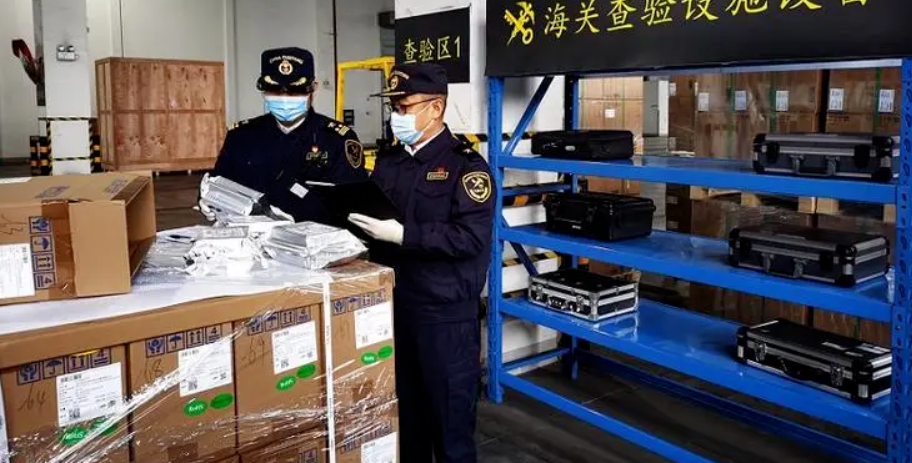
The Dangerous Goods Transport Packaging Use Appraisal Result Form (referred to as the Dangerous Goods Certificate) is applied for by the dangerous goods production enterprise (i.e. lithium battery manufacturer or exporter) to the local customs. Lithium batteries must indicate their rated energy (W · h). When conducting the dangerous goods transportation packaging use appraisal, the customs will make a qualified judgment based on the following content:
Are there clear, firm, and correct UN packaging markings, batch and dangerous goods markings printed on the packaging container, and whether the markings, markings, and packaging comply with relevant requirements.
The exterior of the packaging should be clean and free from residue, contamination, or leakage.
Wooden boxes and fiberboard boxes should be securely nailed with nails, and the nail tips should be turned upside down. The nail tips and caps should not protrude; The box should be intact and undamaged, and the box should be packed with clamps. The corrugated cardboard box should be intact, the seal should be flat and firm, and the box should be packed with tight clamps.
Non conductive materials should be used to separate the batteries or battery packs, as well as the upper and lower layers of stacked batteries, to prevent contact with each other.
Batteries should have short-circuit protection devices.
The electrodes of the battery shall not support the mass of other stacked batteries.
Special provisions for packaging of lithium batteries or lithium battery packs in international regulations
After passing the inspection of the packaging of exported dangerous goods, the customs shall issue the "Performance Inspection Results Form for Export Goods Transport Packaging" and "Identification Results Form for Export Dangerous Goods Transport Packaging Use", and determine the validity period of the certificate based on the characteristics of the goods, transportation methods, etc.
Requirements for exporting lithium batteries by air
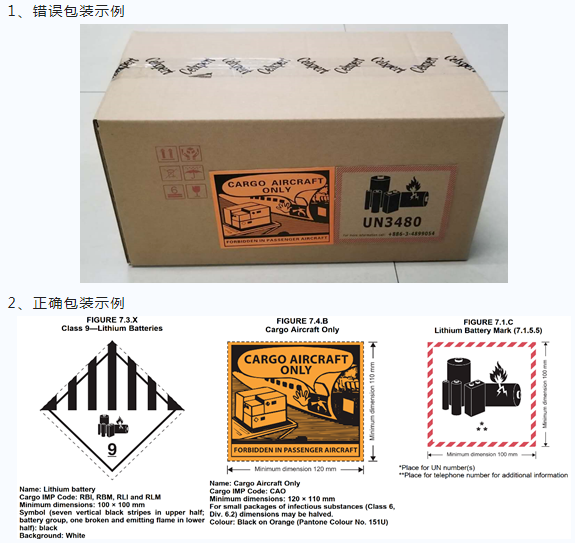
The revised 63rd edition of the International Civil Aviation Organization Dangerous Goods Regulations regarding the separate transportation of lithium batteries will be officially implemented on April 1, 2022. The new regulations require that all air lithium battery packaging must be labeled with both a cargo only label and a special Class 9 hazardous goods label for lithium batteries.
For lithium battery cells with a watt-hour rating of no more than 20Wh or lithium battery packs with a watt-hour rating of no more than 100Wh, additional lithium battery markings need to be marked on the packaging. According to the old regulations, packaging with only cargo plane labels and lithium battery labels attached will no longer be able to be transported, and the labels and markings must comply with the size requirements specified by the International Air Transport Association. This change does not apply to air transportation included in or packaged with the equipment, and the relevant transportation regulations for road, rail, and sea transportation have not changed.
After the implementation of the new regulations, small packaged lithium batteries will have to switch to larger sized packaging in order to adhere labels and markings that meet the requirements of the new regulations. This will increase packaging costs and shipping costs for lithium battery export enterprises, and have a certain negative impact on China's lithium battery exports.
Requirements for exporting lithium batteries for sea and road transportation
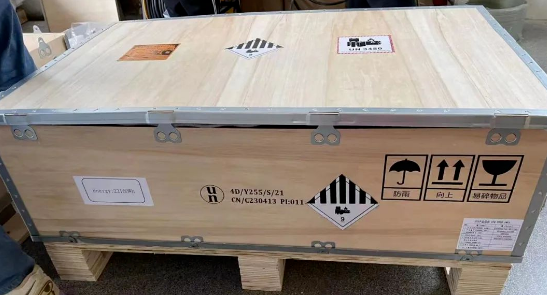
According to the above regulations, lithium batteries mainly have the following packaging and transportation requirements:
The electrodes of the battery should not withstand the pressure generated by the superposition of other batteries.
When using nails to fasten wooden boxes and fiberboard boxes, they should be firmly pressed and the box should be kept intact. The nail tips should be turned upside down, and the nail tips and caps should not protrude; The corrugated cardboard box should be intact and the seal should be flat and firm. Use packaging tape for secondary reinforcement, and tighten the box tightly.
There should be non-conductive materials between each battery or battery pack, as well as between the upper and lower layers of stacked batteries, to prevent contact with conductive materials that may cause short circuits within the same packaging.
Unless installed in the equipment, the packaging must be able to withstand a drop test of 1.2m in any orientation without damaging the batteries inside the packaging, nor changing the position of the batteries to cause mutual contact between them, and without any batteries leaking from the packaging.
Lithium battery cells or lithium batteries are completely packaged in the inner packaging before being placed in the outer packaging, and their complete packaging must meet the requirements of Class II packaging; Or completely encapsulated in the inner packaging, and then placed together with the equipment in the outer packaging that meets the requirements of Class II packaging (see SN/T 0370.1-2021 Export Dangerous Goods Packaging Inspection Regulations Part 1: General Provisions for Class II packaging requirements).
For products installed with lithium batteries, measures should be taken to prevent short circuits or accidental starting. The products should be effectively fixed to prevent short circuits caused by battery movement.
It is a special provision in international regulations for the packaging of lithium batteries or lithium battery packs




